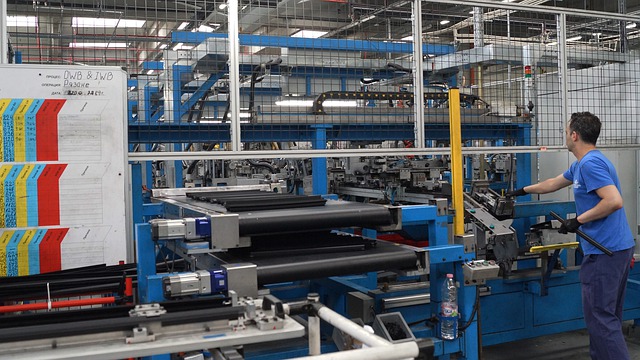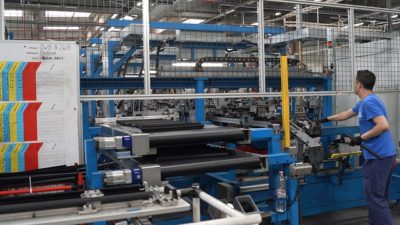- November 3, 2021
- Posted by: David Marshall
- Category: Management, Manufacturing

There’s no one best source for hiring leaders for your organization. Some will insist on only promoting from within, moving people up the corporate structure as the opportunities arise. Others believe you need a fresh pair of eyes in certain leadership roles, so they’ll hire outsiders to come in and lead the organization.
I often believe in the latter, because having a lot of corporate knowledge or high-performing skills doesn’t mean they’ll be a great leader. Remember, a leader doesn’t just make the decisions, they motivate their associates to do their best work. If I had to choose a 10-year company veteran who is not very well-liked versus an industry newbie with a track record of high-quality leadership, I’ll take the outsider every time.
In fact, you’ll often spot potential leaders because they often stand out by virtue of their accomplishments, not in their work, but in the results they produce.
Don’t promote the fastest person on the line.
 That’s what I mean when I say don’t promote people based on their work. The fastest producer on the line may be the worst leader you’ve ever come across. On the other hand, your average producer may end up being the best leader on the floor.
That’s what I mean when I say don’t promote people based on their work. The fastest producer on the line may be the worst leader you’ve ever come across. On the other hand, your average producer may end up being the best leader on the floor.
There’s a great Simon Sinek video where he explains the difference between performance and trust. (I recommend you watch it; this will make a lot more sense if you do.)
In it, Sinek drew a graph representing performance and trust. He said that in every organization, no one wants the low performance, low trust person on their team; they all want the high performance, high trust person.
In organizations like the Navy SEALs, the next worst person is the high performance, low trust individual. They may accomplish a lot on the battlefield, but nobody trusts them off the battlefield.
In the business world, the high performance/low trust people are are the toxic leaders who create toxic workplaces. The SEALs would rather have a medium performance, high trust person in a leadership role than the high performing, low trust leader because of the impact it will have on their teams.
Yet in the business world, this is often who gets promoted. Those toxic bosses get promoted because they perform great on the work floor, but they infect their department because no one trusts them (and they reinforce that idea with their toxicity). Then they move on and infect another company or another department, and they don’t stop until they retire.
But it’s the medium performance, high trust people who are ideal as leaders because they rarely quit. If they don’t succeed, they will try, try again. They usually know they’re not the high performers, but they know they have to work and hustle to keep up with them. Which means you can trust them to always have the objective in the forefront in their mind. They will keep trying to get there until they kill it or kill themselves.
And that’s why you probably shouldn’t promote the fastest person on the factory floor. That could be the worst thing you could do. The fastest person is only focused on their own speed, their own performance. They can be an example to everyone around them but they’re not taking into account factors like quality. They certainly are moving pieces, but are they the best pieces?
I’m a bit idiosyncratic that way. I also don’t believe in promoting your best salesperson to a sales management position. In fact, that’s the worst thing you can do; very seldom have I seen that work.
That’s because the super salesperson’s focus — and their superpower — is to influence and persuade people to buy their product. They seldom have the skills to develop the same in other people. That is, they can do it, but they can’t teach it. Not to mention, you’ll lose all their sales and relationships if they’re no longer selling.
If you want to promote within your manufacturing plant, look for the most trusted people. Who are the people everyone turns to? Who helps train and mentor the new employees? Who are the problem solvers? Those are your leaders, not the fastest or most-accomplished people.
I’ve been a manufacturing executive, as well as a sales and marketing professional, for a few decades. Now I help companies turn around their own business, including pivoting within their industry. If you would like more information, please visit my website and connect with me on Twitter, Facebook, or LinkedIn.
Photo credit: x3 (Pixabay, Creative Commons 0)

